Does this ZZ plant need repotting? Or something else?
Office Plant Owner
7 years ago
Featured Answer
Sort by:Oldest
Comments (9)
jamilalshaw26
7 years agoKaren S. (7b, NYC)
7 years agolast modified: 7 years agoOffice Plant Owner thanked Karen S. (7b, NYC)Related Professionals
New Bedford Landscape Architects & Landscape Designers · Brooklyn Center Landscape Architects & Landscape Designers · Buford Landscape Contractors · Goodyear Landscape Contractors · Edmond Landscape Contractors · Peabody Landscape Contractors · Biloxi Landscape Contractors · Broomfield Landscape Contractors · Caldwell Landscape Contractors · Canby Landscape Contractors · Cincinnati Landscape Contractors · Mashpee Landscape Contractors · Oviedo Landscape Contractors · Arkansas Interior Designers & Decorators · Van Wert Interior Designers & DecoratorsOffice Plant Owner
6 years agoKaren S. (7b, NYC)
6 years agoOffice Plant Owner
6 years agoPhoto Synthesis
6 years agolast modified: 6 years ago
Related Stories

INSIDE HOUZZHow Much Does a Remodel Cost, and How Long Does It Take?
The 2016 Houzz & Home survey asked 120,000 Houzzers about their renovation projects. Here’s what they said
Full Story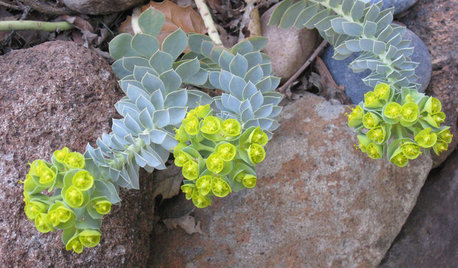
BLUE AND GRAY FOLIAGEGreat Design Plant: Donkey Spurge
Yes, there's the awful name, plus the sap issue. But this plant's foliage and flowers bring something special to Eastern U.S. gardens
Full Story
MOST POPULARWhen Does a House Become a Home?
Getting settled can take more than arranging all your stuff. Discover how to make a real connection with where you live
Full Story
NATIVE PLANTSGreat Native Plant: Grow Wild Quinine for Its Unique Clusters of Blooms
Get connoisseur cred and unique blooms with this uncommon plant. Bonus assets: It’s low maintenance and drought tolerant
Full Story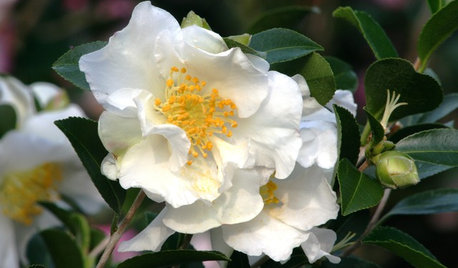
FLOWERSGreat Design Plant: Sasanqua Camellia
Pretty fall flowers belie this plant's hardworking nature and relative tough attitude toward disease
Full Story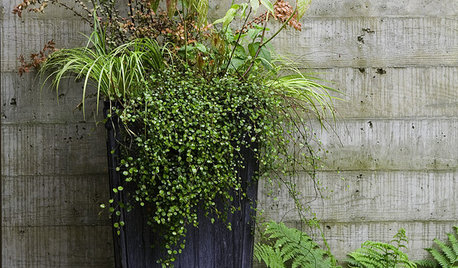
GARDENING GUIDESThe Secret Formula for Grouping Plants in a Pot
Designing a gorgeous container garden is easy once you know this simple rule of thumb for composition
Full Story
HOUSEPLANTS10 Top Plants to Grow Indoors
Brighten a room and clean the air with a houseplant that cascades artfully, stretches toward the ceiling or looks great on a wall
Full Story
HOUSEPLANTS8 Essentials for Healthy Indoor Plants
Houseplants add so much to our homes — and can thrive when grown in the right conditions. Keep these tips in mind
Full Story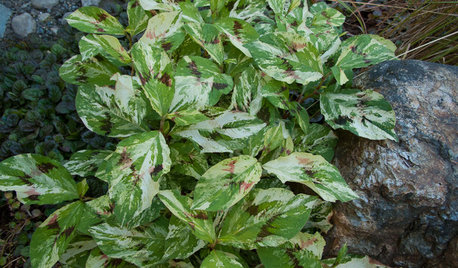
GARDENING GUIDESGreat Design Plant: Painter’s Palette Knotweed Adds Color in Shade
Use bold and colorful Persicaria virginiana for an artistic touch in a darker garden
Full Story
LIFEHouzz Call: Does Caring for Your Home Feel Like Fun, Not Labor?
For Labor Day, we’d like to hear what home projects don’t feel like work to you. We’re guessing that a lot bring you joy
Full Story





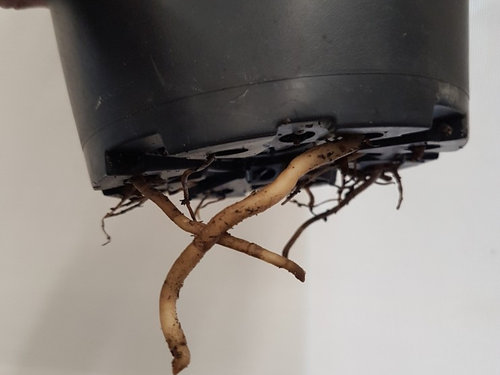
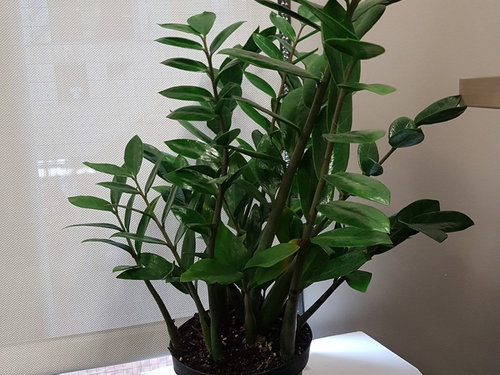
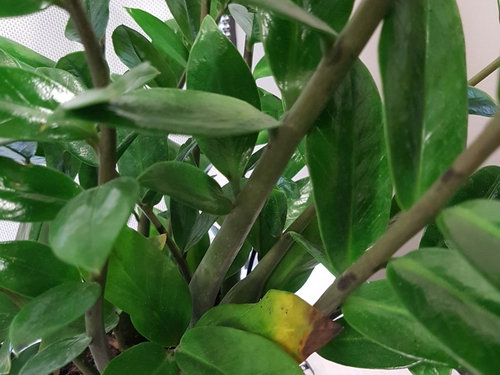
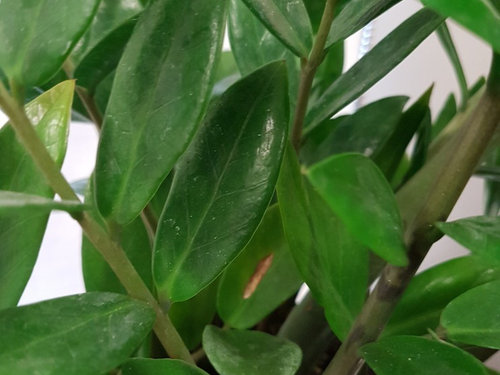






Tiffany, purpleinopp Z8b Opp, AL